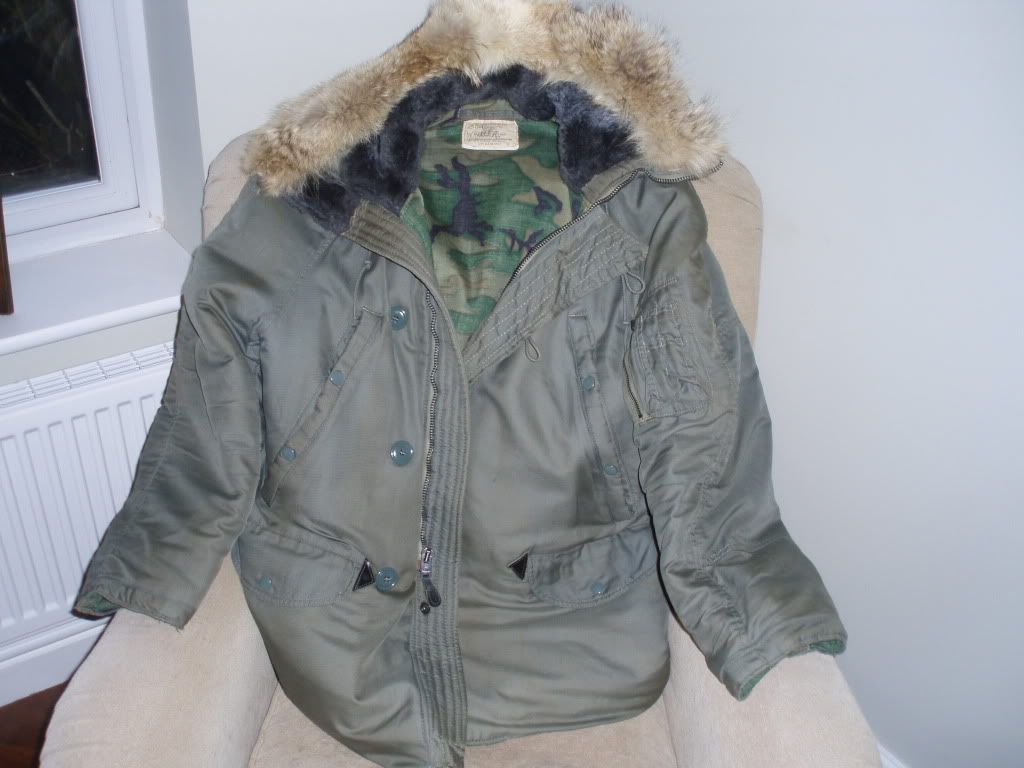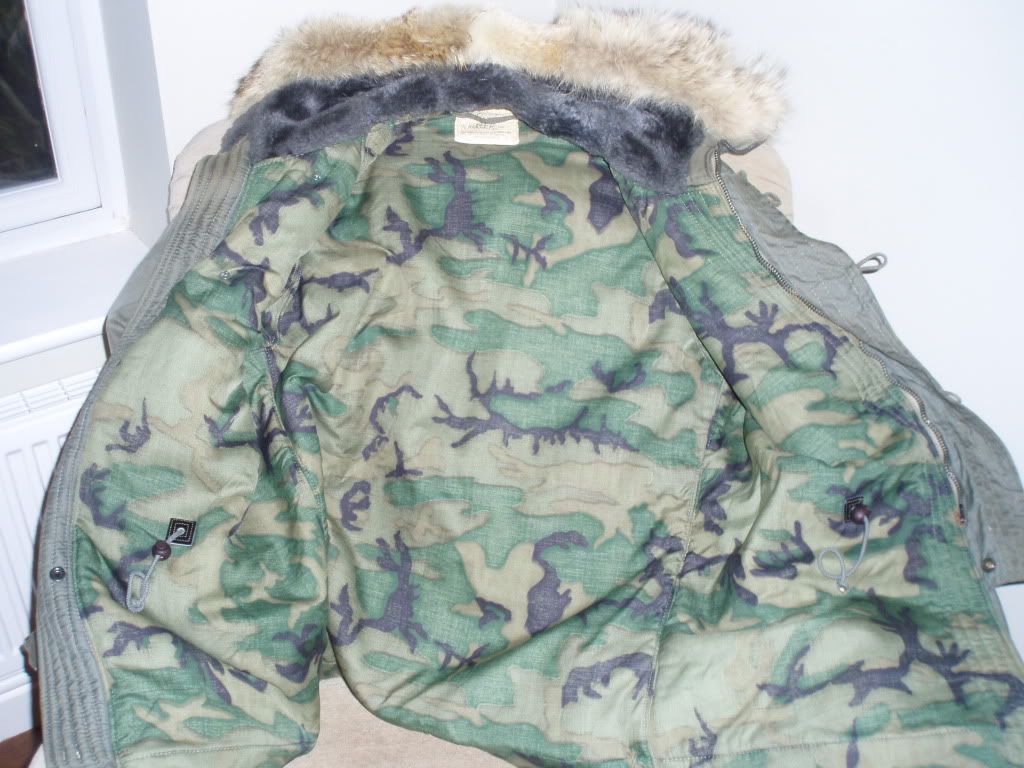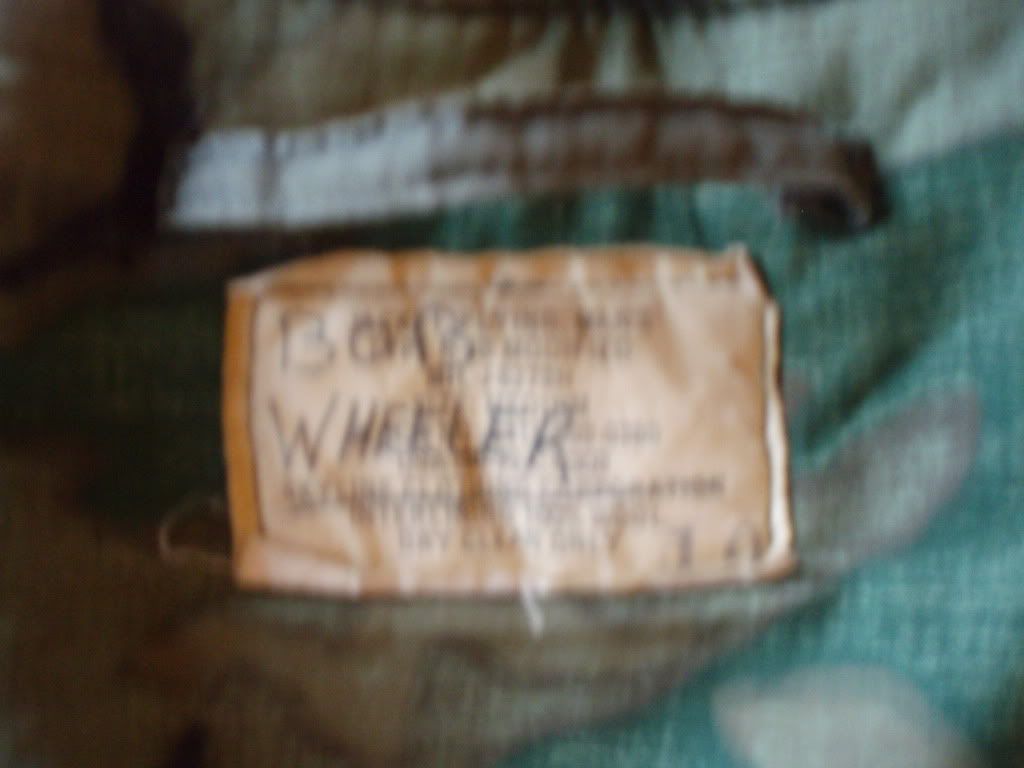johnny english
Member
I've just picked up an N3-B modified, with the camo lining.
I was wondering how rare these were and whether they were used in a particular area ?
I was wondering how rare these were and whether they were used in a particular area ?




